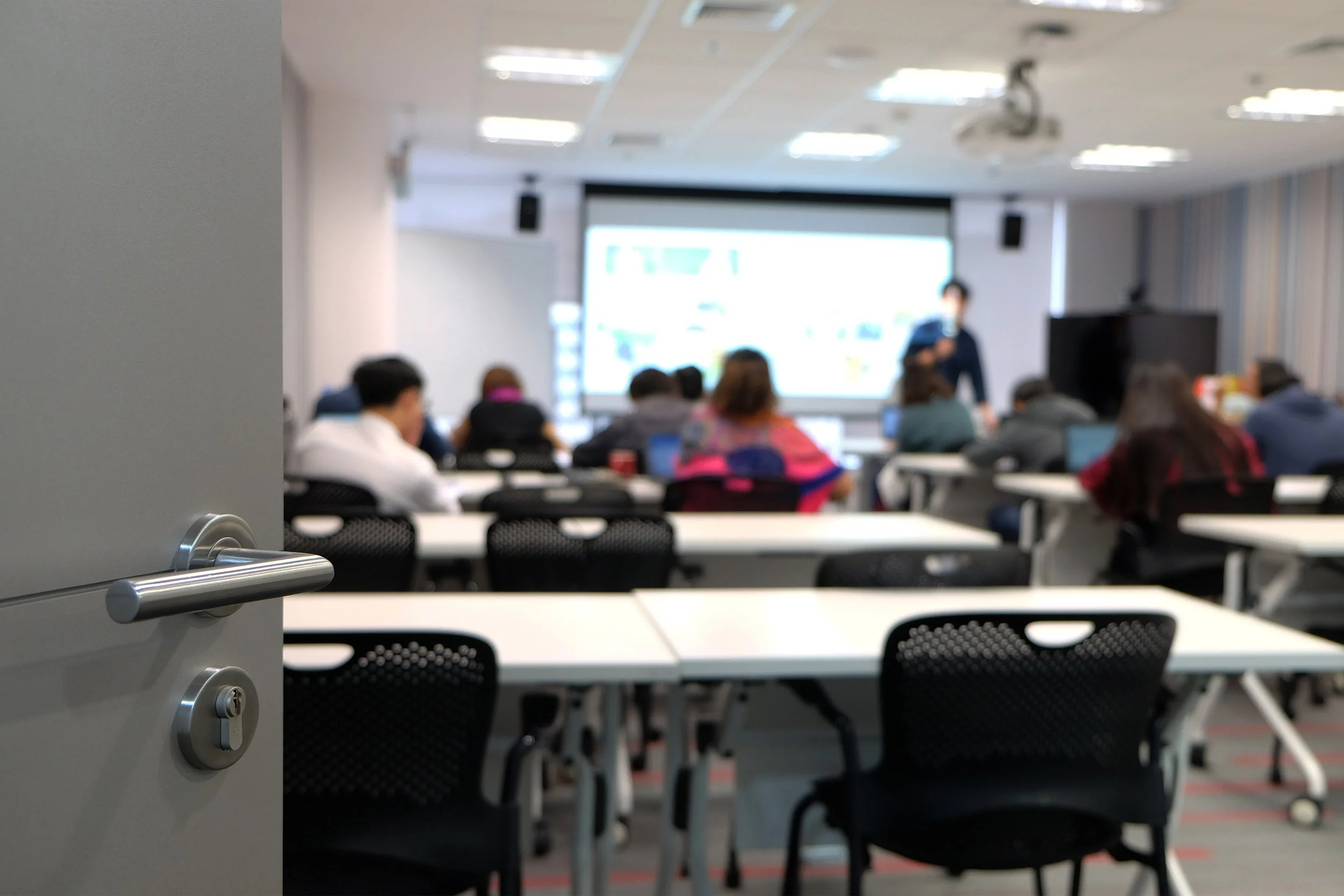In my work, I have the opportunity to see many different types of learning spaces. Libraries, classrooms, cafeterias, hallways- you name it and I've probably seen it. Also, many people send me images of their spaces and ask me to comment on them. And of course, there are the numerous pictures of school spaces in social media streams that I see on a daily basis.
When I first enter a space or see it in a picture, I look for the invitation it offers.
Here are the questions I ask myself:
How does the space inform students of the intent of the learning about to occur? Desks arranged in rows suggests direct lecture and note-taking, desks arranged in a circle suggests discussion and so on. The benefit of agile and flexible spaces is that they can be reshaped to offer different invitations into learning.
What does the space communicate about ownership? Is the space owned by the teacher, the students, or a combination of both?
What are the specific elements that add value to the learning experience that make the space a place for humans? Almost all classrooms have something that occupies a position in the classroom that contributes to the identity of the space in a uniquely human way.
What is on display in the space? How are the walls used? Does the material on the walls distract from learning or does it inspire curiosity and wonder?
Is the space a celebration of learning and of student accomplishment?
What is the position of the teacher station and how much real estate does it consume?
For a library, do students walk in greeted by metal book theft prevention system gates? Does the entrance to your library communicate that "we don't trust you?"
Great designers create spaces that enable educators to craft an invitation into learning. Great teachers and librarians take advantage of this to create that invitation. They understand the value of this.
The reason - learning does not begin with a bell ringer or after the teacher takes attendance.
Learning begins at the door frame.
